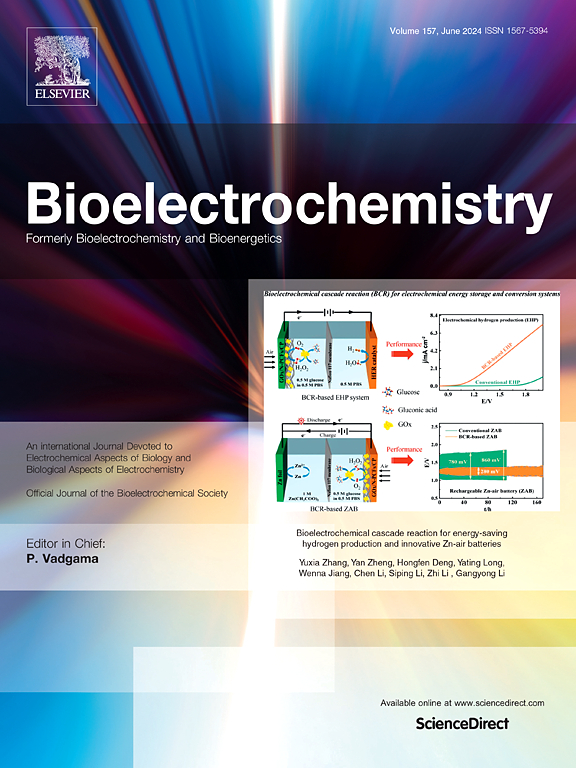Toll-like receptor 7: A novel neuroimmune target to reduce excessive alcohol consumption
Abstract
Toll-like receptors (TLRs) are a family of innate immune receptors that recognize molecular patterns in foreign pathogens and intrinsic danger/damage signals from cells. TLR7 is a nucleic acid sensing endosomal TLR that is activated by single-stranded RNAs from microbes or by small noncoding RNAs that act as endogenous ligands. TLR7 signals through the MyD88 adaptor protein and activates the transcription factor interferon regulatory factor 7 (IRF7). TLR7 is found throughout the brain and is highly expressed in microglia, the main immune cells of the brain that have also been implicated in alcohol drinking in mice. Upregulation of TLR7 mRNA and protein has been identified in postmortem hippocampus and cortex from AUD subjects that correlated positively with lifetime consumption of alcohol. Similarly, Tlr7 and downstream signaling genes were upregulated in rat hippocampal and cortical slice cultures after chronic alcohol exposure and in these regions after chronic binge-like alcohol treatment in mice. In addition, repeated administration of the synthetic TLR7 agonists imiquimod (R837) or resiquimod (R848) increased voluntary alcohol drinking in different rodent models and produced sustained upregulation of IRF7 in the brain. These findings suggest that chronic TLR7 activation may drive excessive alcohol drinking. In the brain, this could occur through increased levels of endogenous TLR7 activators, like microRNAs and Y RNAs. This review explores chronic TLR7 activation as a pathway of dysregulated neuroimmune signaling in AUD and the endogenous small RNA ligands in the brain that could perpetuate innate immune responses and escalate alcohol drinking.

 求助内容:
求助内容: 应助结果提醒方式:
应助结果提醒方式:


